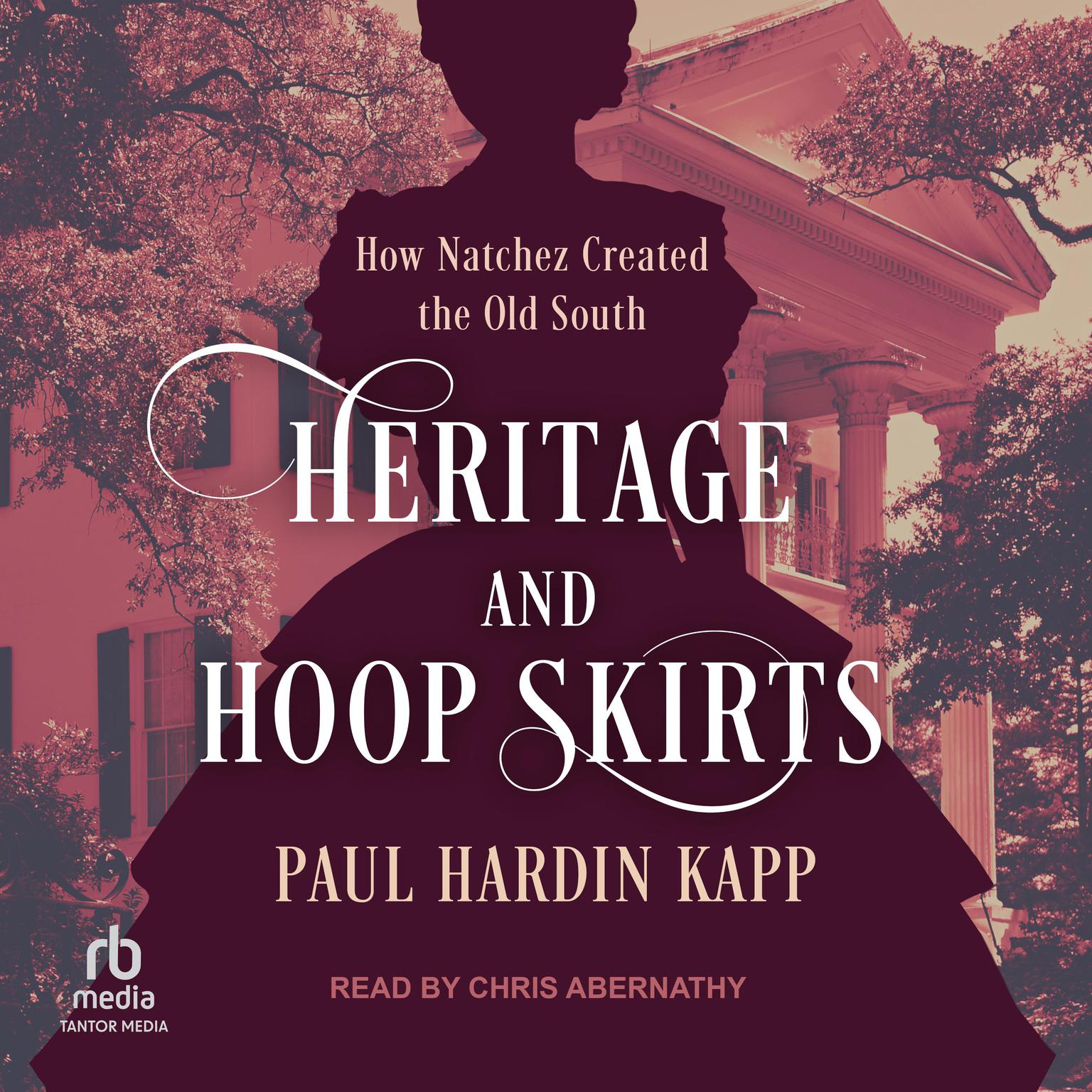Publisher Description
For over eighty years, tourists have flocked to Natchez, Mississippi, seeking the “Old South,” but what they encounter is invention: a pageant and rewrite of history first concocted during the Great Depression. Beginning with the first Natchez Spring Pilgrimage of Antebellum Homes in 1932, such women as Katherine Grafton Miller and Edith Wyatt Moore challenged the notion that smokestack industries were key to Natchez’s prosperity. These women developed a narrative of graceful living and aristocratic gentlepeople centered on grand but decaying mansions. In crafting this pageantry, they created a tourism magnet based on the antebellum architecture of Natchez. Through their determination and political guile, they enlisted New Deal programs to promote their version of the city.
Their work did save numerous historic buildings and employed both white and African American workers during the Depression. Still, the transformation of Natchez into a tourist draw came at a racial cost and further marginalized African American Natchezians. Paul Hardin Kapp explores how meaning is assigned to place and how meaning evolves over time. In showing how and why the Natchez buildings of the “Old South” were first preserved, commercialized, and transformed into a brand, this volume makes a much-needed contribution to debates over the meaning attached to cultural patrimony.
Download and start listening now!











